
Copernical Team
Galileo: no way without time
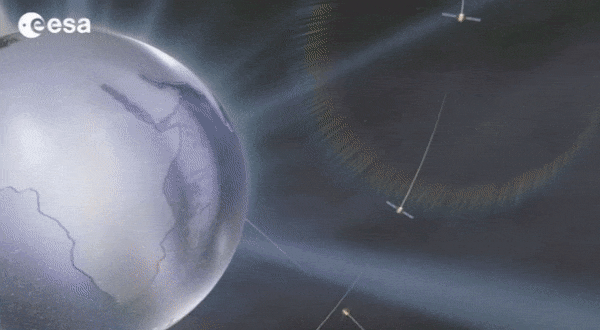
Europe’s Galileo is the world’s most precise satellite navigation system, providing metre-level accuracy and very precise timing to its four billion users. An essential ingredient to ensure this stays the case are the atomic clocks aboard each satellite, delivering pinpoint timekeeping that is maintained to a few billionths of a second. These clocks are called atomic because their ‘ticks’ come from ultra-rapid, ultra-stable oscillation of atoms between different energy states. Sustaining this performance demands, in turn, even more accurate clocks down on the ground to keep the satellites synchronised and ensure stability of time and positioning for
World's first 3D printed rocket set for inaugural flight
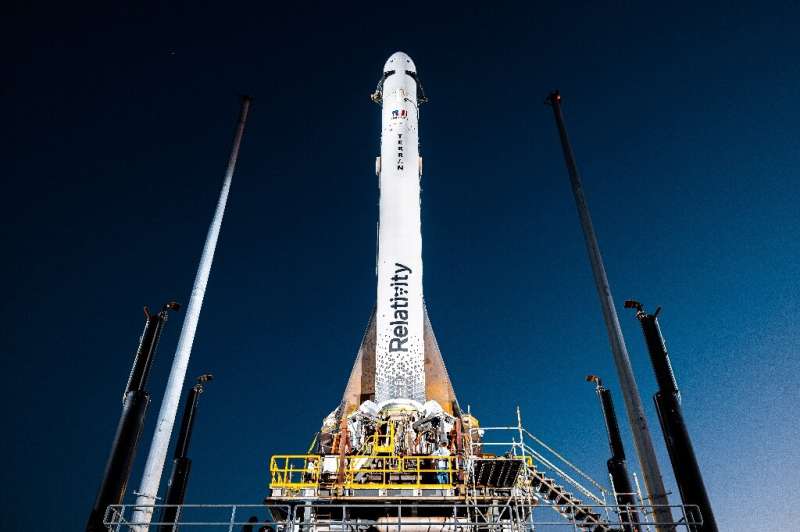
The world's first 3D printed rocket is scheduled to blast off from Florida on Saturday on the maiden flight of an innovative spacecraft billed as being less costly to produce and fly.
Liftoff of the rocket, Terran 1, had been scheduled for Wednesday at Cape Canaveral but was postponed at the last minute because of propellant temperature issues.
The new launch window for the rocket built by California aerospace startup Relativity Space to put satellites into orbit is from 1:00 pm to 4:00 pm (1800 GMT to 2100 GMT) on Saturday.
Terran 1 is set to reach low Earth orbit eight minutes after blastoff on a voyage intended to gather data and demonstrate that it can withstand the rigors of liftoff and space flight.
Scientists call for global push to eliminate space junk
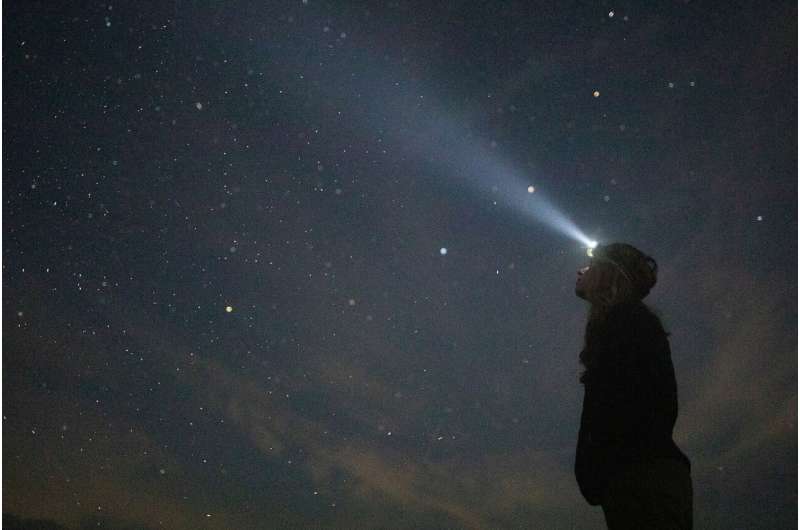
Scientists have called for a legally binding treaty to ensure Earth's orbit isn't irreparably harmed by the future expansion of the global space industry.
In the week that nearly 200 countries agreed to a treaty to protect the high seas after a 20-year process, the experts believe society needs to take the lessons learned from one part of our planet to another.
The number of satellites in orbit is expected to increase from 9,000 today to over 60,000 by 2030, with estimates suggesting there are already more than 100 trillion untracked pieces of old satellites circling the planet.
While such technology is used to provide a huge range of social and environmental benefits, there are fears the predicted growth of the industry could make large parts of Earth's orbit unusable.
An international collaboration of experts in fields including satellite technology and ocean plastic pollution say this demonstrates the urgent need for global consensus on how best to govern Earth's orbit.
CHEOPS mission extended
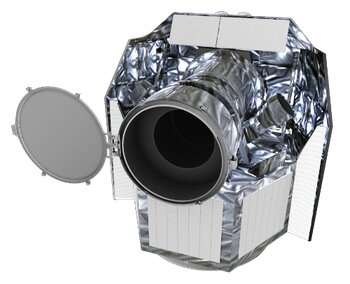
After more than three years in orbit, the mission of the CHEOPS space telescope has just been extended. Led by the University of Bern in collaboration with the University of Geneva, CHEOPS is a joint mission of the European Space Agency (ESA) and Switzerland.
On March 7th, ESA's Science Programme Committee has confirmed its continued operations to 2026 and an indicative extension to 2029, contingent upon ongoing commitments from national contributors and partners. Since its launch in December 2019, the satellite's extremely precise measurements have contributed to several key discoveries in the field of exoplanets. The extension will make it possible to study these fascinating worlds around other stars in even more detail.
NASA to reveal crew members in April for flight around Moon
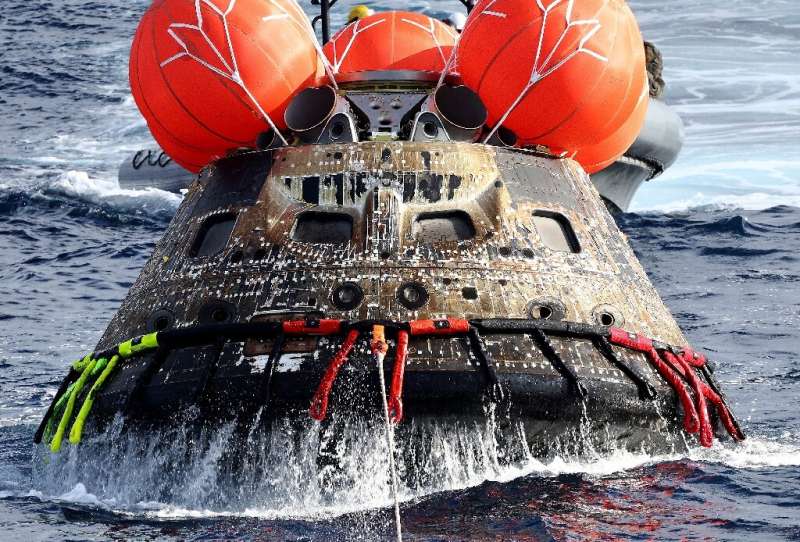
NASA will announce the names next month of the four astronauts—three Americans and one Canadian—who will fly around the Moon next year, the head of the US space agency said Thursday.
NASA administrator Bill Nelson said the crew members of the mission known as Artemis 2 would be revealed on April 3.
"Astronauts—three from America and one from Canada—will fly around the moon and they'll test NASA's Space Launch System, which is our rocket, and the spacecraft called Orion," Nelson said.
The first Artemis mission wrapped up in December with an uncrewed Orion capsule returning safely to Earth after a 25-day journey around the Moon.
Artemis 2, scheduled to take place in late November 2024, will take a four-person crew around the Moon but without landing on it.
The ambitious program aims to return humans to the Moon for the first time since the historic Apollo missions ended in 1972.
3D bioprinter to print human meniscus on the space station
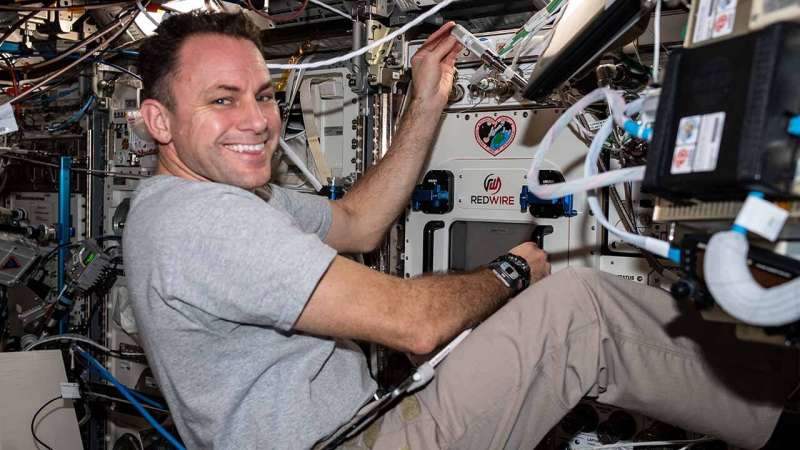
The knee is not only one of the largest and most complex joints in the body—it is also easily injured. In fact, one of the most common orthopedic injuries is the tearing of the meniscus, a half-moon-shaped piece of cartilage in the knee. Each knee has two menisci that allow the joint to move freely. Current treatments for a torn meniscus are less than ideal, involving removing or repairing the torn segment, which can ultimately lead to increased risk of arthritis or knee replacement, as the affected joint loses its cushioning.
To improve patient care on Earth and develop more effective ways of treating torn tissues, researchers from Redwire Space are turning to the microgravity environment of the International Space Station (ISS) National Laboratory.
Redwire's upgraded BioFabrication Facility (or BFF) launched to the space station in November.
Galileo saving lives – infographic
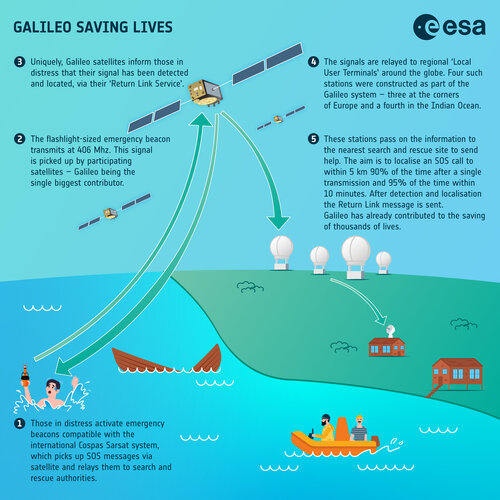 Image:
Galileo saving lives – infographic
Image:
Galileo saving lives – infographic How Galileo works - infographic
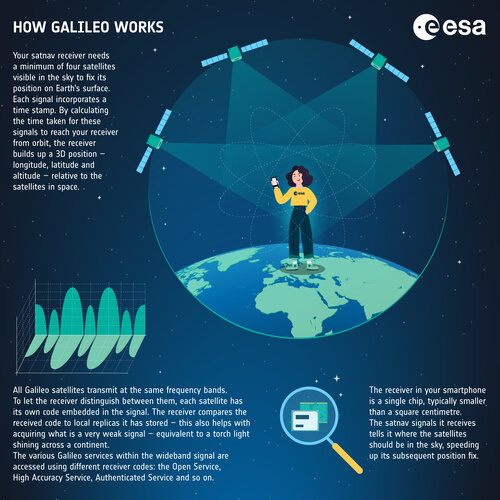 Image:
How Galileo works - infographic
Image:
How Galileo works - infographic Galileo in space – infographic
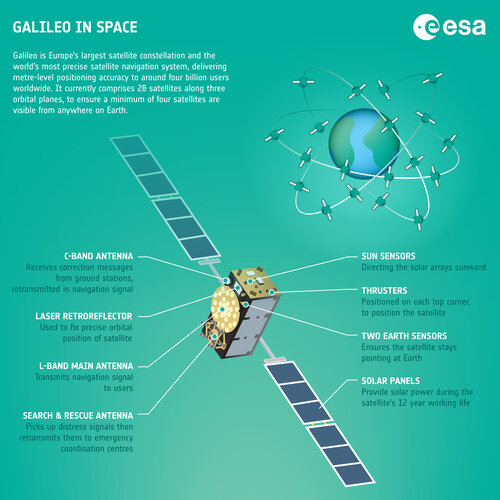 Image:
Galileo in space – infographic
Image:
Galileo in space – infographic How does Galileo help other space missions?
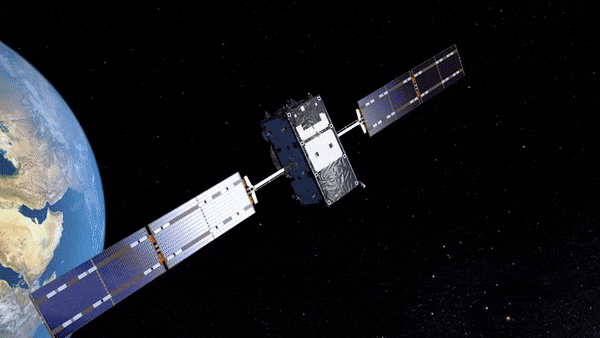
In 2023 satnav receivers are everywhere: in our phones, our cars, and drones, in fixed infrastructure, aboard boats, trains and aircraft. They are also in space: more than 95% of all the satellites in low-Earth orbit carry satnav receivers to calculate their position. The additional signals from Europe’s Galileo satellites are providing a big boost to the coverage, availability, redundancy, and accuracy of spaceborne receivers, in turn enlarging the possible scope of future missions, and extending the useful range of satnav much further out into space – to the Moon and beyond.
